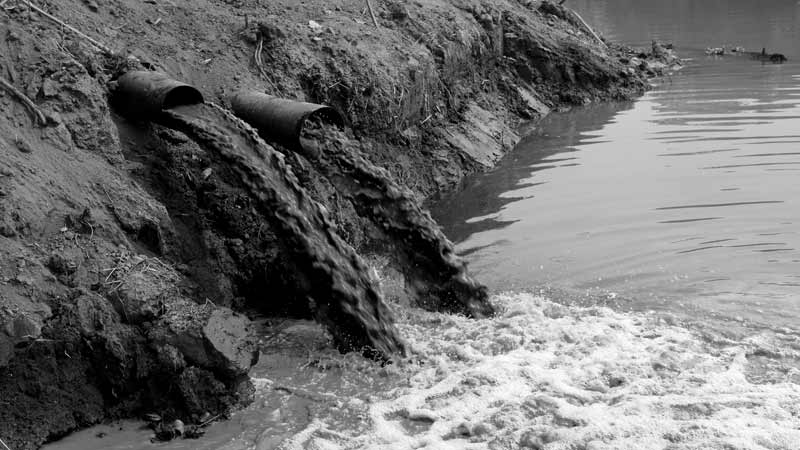One of the most popular topics RVers bring up to us is about tank additives. We get questions in our seminars, at our vendor hall booth, while we’re performing a cleaning service, heck, we’ve even been flagged over as we drive through an RV park! There’s a lot of misinformation about holding tank additives, so let’s set the issue straight.
First, those tank additives — biologicals, enzymes, or chemicals — are doing exactly what they claim to: They break down solids and other waste in your holding tanks, especially the black tank. Given the right conditions and time, anything in your tank turns into a thick sludge — that’s also very sticky, like pancake batter.
So, think about it. Your holding tank is a big, plastic box. There’s a fair amount (we hope) of water or, at least, liquid in there. You introduce waste and solids, such as toilet paper. In what situation would that holding tank empty faster, more completely, and better? Full of water with solids suspended in it or full of that soft, sticky, broken-down mess? Yep, the water with solids suspended in it.
But we’re told we need to add something to our tanks, right? Yes, we are told that. By RV dealers who don’t know any better. By tank additive manufacturers who want you to buy their product. By RV rally vendors who want to make a sale.
The truth is, the only thing you need to add to your tanks is water. And lots of it. And then dump with some frequency, probably more than you do now. Your RV’s holding tanks are just that — holding tanks — not a septic system. It is not intended for you to have stuff in there for long, encouraging it all to break down with chemicals, enzymes, and other additives.
How do we know tank additives are bad? Because we’ve cleaned nearly a thousand holding tanks and EVERY time a customer uses additives to break down waste, what comes out during our cleaning is a literal slow-moving river of sticky, messy and smelly slurry. A healthy tank is one that empties quickly (because solids are suspended in water), completely (because nothing is sticking to surfaces, especially those darned sensors), and without problems (clog and mounds are eliminated because tanks are completely emptied more often).
If you must use an additive, we recommend a simple mixture of Calgon bath beads (a water softener) and Pine-Sol. The water softener breaks the surface tension of water in the tank, preventing anything from sticking to tank surfaces and sensors. The Pine-Sol is a disinfectant with strong odor masking properties, it will keep your tanks smelling better.
How do you make this solution? Easy! Take an empty gallon (128 ounce) bottle or jug. Add in 40 ounces (5 cups) of Pine-Sol (or something similar, like Pine Power). Pour in 4 ounces (1/2 cup) of Calgon (we like the bath pearls, but liquid or powder is fine too). Carefully fill the gallon bottle or jug with water (it will foam a lot, so go slowly and allow the foam to settle). Shake thoroughly. Pour in 1/2 to one cup of this mixture into your black tank each time, after you empty it. You can also use 1/2 cup in your gray tank to keep it functioning well too.
Use whatever tank additive you wish. Or not. But if it’s a biological, enzyme, or chemical, be sure to schedule more frequent tank cleanings — you’ll need them to get your tanks clean and your sensors working properly again.

